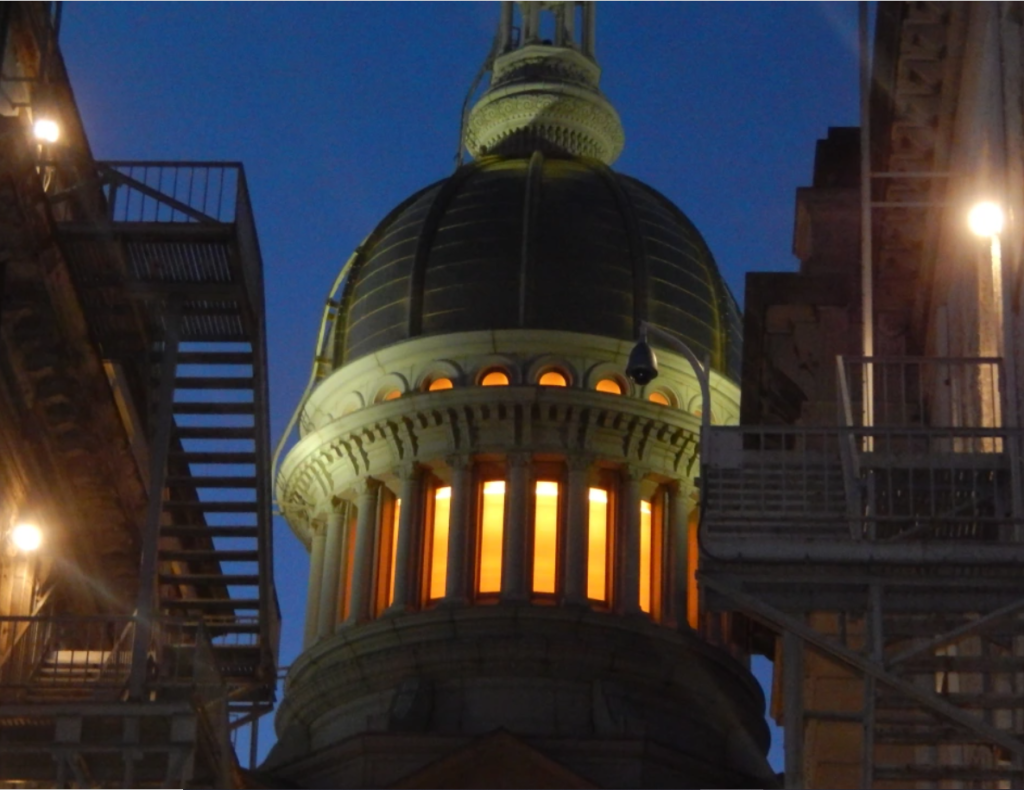STATEMENT FROM THE FAIR DISTRICTS NEW JERSEY COALITION ON NEW JERSEY’S LEGISLATIVE MAP CERTIFICATION
TRENTON, NJ ⸺ February 18, 2022 ⸺ Today, in response to the Apportionment Commission’s certification of a legislative map, Fair Districts New Jersey released the following statement:.
While there were many “firsts” in this cycle’s legislative redistricting process, communities of Color remain an afterthought despite tremendous population growth in the last 10 years. Fair Districts New Jersey appreciates the Commission’s historic decision to make draft maps available for public comment, and acknowledges the significance of a final consensus map, but together, the coalition criticizes the Commission’s failure to fully incorporate the public’s feedback or center racial equity into the final version. We are disappointed that the final map certified by the Apportionment Commission fails to adequately represent communities of color, despite repeated testimony and advocacy from residents across the state. While the map does reflect some public testimony and creates some districts that keep communities with shared interests together, it also cracks some communities of interest in other parts of the state and fails to achieve the 20 majority minority districts achieved by the Unity Map.
The final map once again overrepresents white people and actively diminishes the voices of communities of color in our electoral process. In the end, the map fails to deliver on progress toward achieving racial equity.
As of the 2020 census, New Jersey is almost 50% people of color. Yet the certified map fails to fully account for the growth of Latino, Black and Asian communities over the last decade. The certified map includes 17 majority people of color districts, less than the 20 we’ve actively advocated for. While Latino communities represent over 20% of New Jersey’s population, the certified map only creates two majority Latino districts and two influence districts. Likewise, while Black communities account for 15% of the population, the certified map only creates one majority Black district and one influence district. The Asian community is the fastest-growing demographic in New Jersey, growing by 44% over the last decade. Yet, most strikingly, the certified map significantly undermines this exponential growth by failing to include any Asian plurality districts. New Jersey also has a significant and growing Middle Eastern North African community. Members of the MENA population urged the Commission to remember their communities because they are not included in the Census data. The final map continues to keep many of these communities split.
Plainly, a map that fails to precisely mirror the population growth of our state fails to truly serve communities of color and protect them as we head into critical 2022 midterm elections stained by mass voter suppression across the country. As New Jersey continues to make strides in diversity and inclusion, it is imperative that our democracy accurately reflects and gives voice to the Latino, Black and Asian communities responsible for its growth.
We do appreciate that the Commission listened and incorporated some community of interest testimony. This map puts Camden and Pennsauken together, ensuring that community of interest is no longer split; and draws a district putting Bridgeton, Vineland, Millville, along with Fairfield township together, keeping the Latino and Native American populations in those areas in one district. The map keeps New Brunswick, Piscataway, Franklin and North Brunswick, an identified community of interest, together in one district. And in Morris County, the map puts Dover, Mine Hill, Wharton, and Morristown together in one district, in line with public testimony.
Important communities of interest, however, remain split: West Windsor and Plainsboro; Parsipanny, Millburn, and Livingston; Clifton and Passaic; Wayne and Pompton Lakes; and West Milford, Mahwah and Ringwood (which is where the Ramapough-Lenape are based).
This was a historic process where, for the first time in New Jersey history, the Commission reached a bipartisan deal. While we recognize how momentous that is, we note that this was how the process was designed to work. Our redistricting process is intended to create bipartisan deals, but it is still a political process that allows politicians to pick their voters. As advocates united for racial justice and fair representation, we will continue to push forward to 2031 to advocate for reforms that remove partisan deal-making from the redistricting process and honors public participation and racial equity.
|


